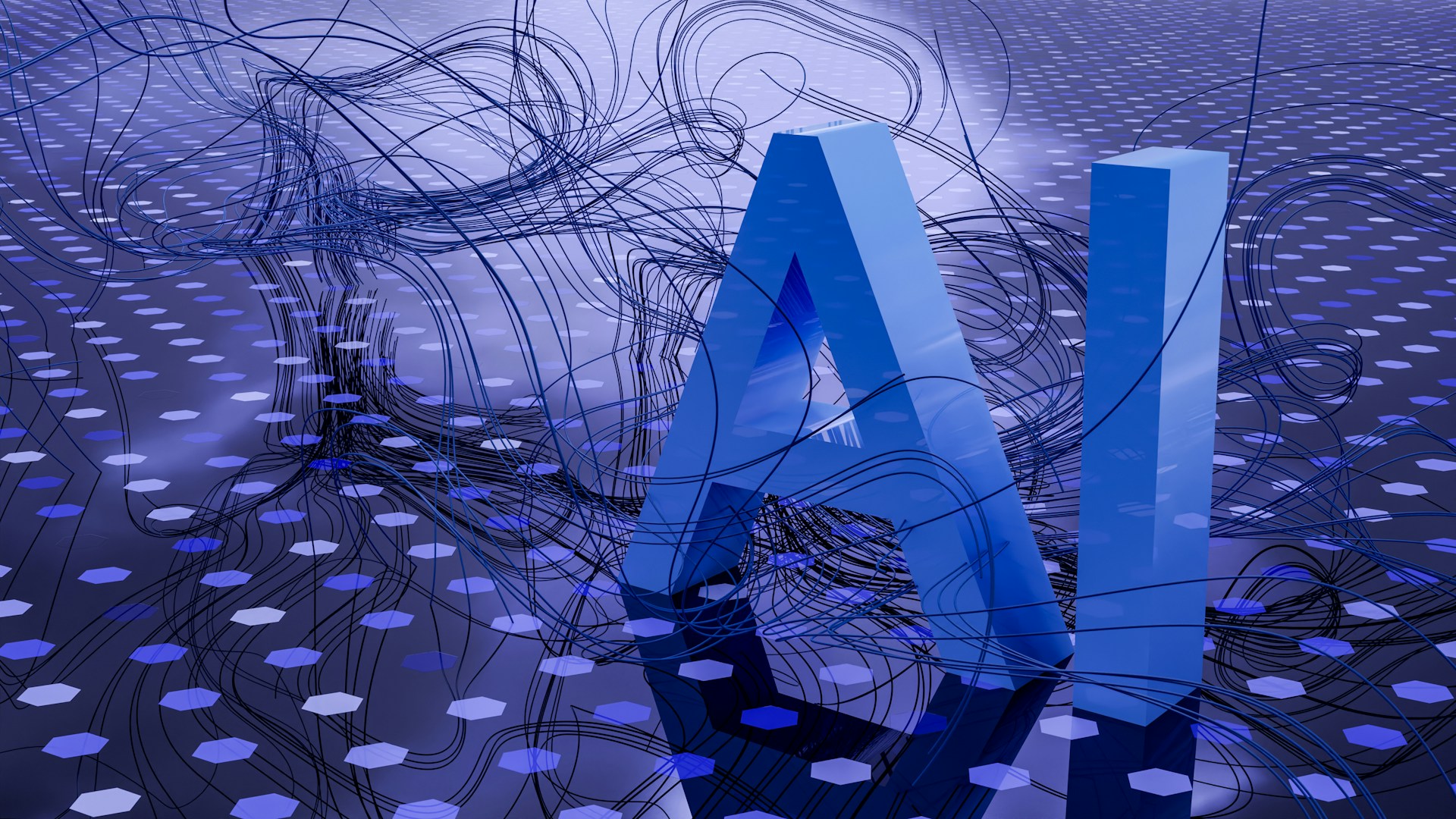How can AI-powered language translation facilitate global business communication?

Language translation is a critical aspect of global business communication. It fosters understanding and smooth interactions among business partners from different parts of the world. Translation, especially AI-powered translation, has emerged as an indispensable tool in today’s global business environment. It enhances communication, ensures content relevance, and breaks down linguistic and cultural barriers. Let us delve into some key areas where AI-powered language translation has immensely facilitated global business communication.
Breaking Down Linguistic Barriers
Language barriers have long been a significant impediment to global business. Businesses seeking to expand globally often face challenges in communicating effectively with clients, partners, and potential customers who speak different languages. However, the advent of AI-powered language translation is turning the tide.
Dans le meme genre : How does music therapy benefit individuals with neurodevelopmental disorders?
AI-powered translation involves the use of advanced technology like machine learning and neural networks to translate text or speech from one language to another. It’s quick and can handle large volumes of data, making it particularly useful for businesses. It has the potential to eliminate linguistic barriers by providing accurate translations in real-time, ensuring no business opportunity is lost due to language misunderstandings.
AI-powered translation tools can translate business documents, contracts, emails, and even real-time conversations, allowing businesses to communicate effectively with their international counterparts. Moreover, these tools are continuously learning and improving their translation accuracy, thanks to machine learning algorithms.
Cela peut vous intéresser : Can urban green roofs mitigate the effects of urban flooding and stormwater runoff?
Overcoming Cultural Barriers
Apart from linguistic barriers, businesses also grapple with cultural barriers when engaging in global operations. Understanding the nuances of a foreign culture is essential for effective communication. Here, AI-powered translation tools go a step further by integrating cultural interpretation into their translations.
These tools can adapt the translations depending on the cultural context, ensuring the message is not only linguistically correct but also culturally appropriate. This makes communication smooth and prevents misunderstandings that could potentially harm business relations.
For instance, certain phrases or expressions may be acceptable in one culture but offensive in another. AI-powered translation tools can detect such phrases and replace them with culturally appropriate ones. This cultural sensitivity in communication can significantly enhance your business’s image and build trust among your foreign clients or partners.
Improving Content Relevance
Content is king, as the saying goes. In the context of global business, the relevance of your content to your target audience can make a significant difference. AI-powered translation tools can aid businesses in creating and translating content that resonates with their international audiences.
By analyzing data from previous translations and using machine learning algorithms, AI-powered tools can learn the preferences and needs of your target audience. This can range from preferred terminology to the kind of language style they find engaging.
Based on such insights, these tools can translate and adapt your content to meet your audience’s expectations. This personalised approach can result in content that is more relevant and engaging to your audience, ultimately driving more business.
Saving Time and Resources
Time is a critical resource in business. AI-powered translation can help businesses save considerable time, especially when dealing with large volumes of translations. Traditional human translators might take days, if not weeks, to translate large business documents. However, AI-powered translation tools can do this in a matter of minutes or hours, depending on the volume.
Moreover, these tools can work 24/7 without any breaks, unlike human translators. This can be particularly useful for businesses operating in different time zones.
In addition to time, AI-powered translation can also save financial resources. While human translators charge per word or per hour, AI-powered translation tools often come with a one-time purchase or subscription model, making them a cost-effective alternative.
Enhancing Data Security
In today’s digital era, data security is a paramount concern for businesses. Using AI-powered translation tools can prevent sensitive business information from falling into the wrong hands.
Unlike traditional translation methods, which might involve sending documents to external translators, AI-powered translation can be done in-house, on your own secured systems. This reduces the risk of sensitive business data being leaked or misused.
In conclusion, the application of AI in language translation is revolutionising global business communication. Its ability to break down linguistic and cultural barriers, improve content relevance, save time and resources, and enhance data security, make it an essential tool for businesses aiming to excel in the global market.
Facilitating Real-Time Communication
In the world of business, time is of the essence. Delays in communication can lead to missed opportunities and a loss of competitive edge. Traditional translation services would involve sending a document to a translator and waiting for hours, possibly days, to receive the translated version. But with the advancement of artificial intelligence in the translation industry, businesses can now communicate in real-time with international clients, partners, or customers.
AI-powered translation tools are capable of providing instant translations of text or speech. These translations occur in real-time or near-real-time, allowing for seamless cross-cultural communication. This is particularly useful during business meetings, negotiations, or any situation that requires on-the-spot translation.
For instance, during a live business meeting, an AI-powered translation tool can provide real-time translations of a foreign language spoken, enabling all participants to understand and respond immediately. It eliminates the awkward pauses and delays that come with waiting for a human translator to translate each phrase.
Additionally, AI-powered translation tools can translate real-time digital communications, such as emails, instant messages, or social media posts. This ensures that businesses can promptly reply to any queries or concerns, fostering better business relations and client satisfaction.
Real-time translation powered by AI is, without a doubt, facilitating more efficient and effective global communication, bridging the gap between various languages and cultures.
Innovations in the Translation Industry
In the digital age, the translation industry has seen remarkable advancements, primarily through the application of artificial intelligence. Traditional human translation has its merits; however, it cannot match the speed, efficiency, and scalability of AI-powered translation.
Machine learning and neural networks form the backbone of AI-powered translation tools. These advanced technologies enable the tool to learn and adapt over time, improving its translation accuracy with each use. Furthermore, AI-powered translation can handle large volumes of data, making it particularly useful for global businesses dealing with multiple languages.
Another significant innovation is the use of AI in speech recognition and speech-to-text technologies. This has given rise to voice translation services, allowing for real-time translation of spoken language. Such innovation is advantageous in sectors like customer service, where businesses can provide immediate assistance to customers speaking different languages.
The translation industry is also seeing the integration of AI-powered translation into various digital platforms. Businesses can now embed translation services into their websites or apps, enabling their international customers to access and understand their content easily.
These innovations are transforming the way businesses communicate on a global scale. The use of AI in the translation industry is not just breaking down language barriers, but also reshaping the global business landscape.
Conclusion
The advent of AI in language translation has revolutionized the global business communication landscape. This technology is breaking down linguistic and cultural barriers, ensuring content relevance, saving precious time and resources, enhancing data security, facilitating real-time communication, and driving innovations in the translation industry. AI-powered translation tools have proved to be an invaluable tool for businesses seeking to thrive in an increasingly interconnected and globalized world.
Moving forward, as artificial intelligence and machine learning continue to advance, we can expect more improvements in translation accuracy, cultural nuances understanding, and real-time performance. The future of global business communication lies in harnessing the immense potential of AI-powered language translation. It is not just about the translation of words, but about the creation of a shared understanding in a diverse global business environment. AI-powered language translation is indeed a game-changer in global business communication.
